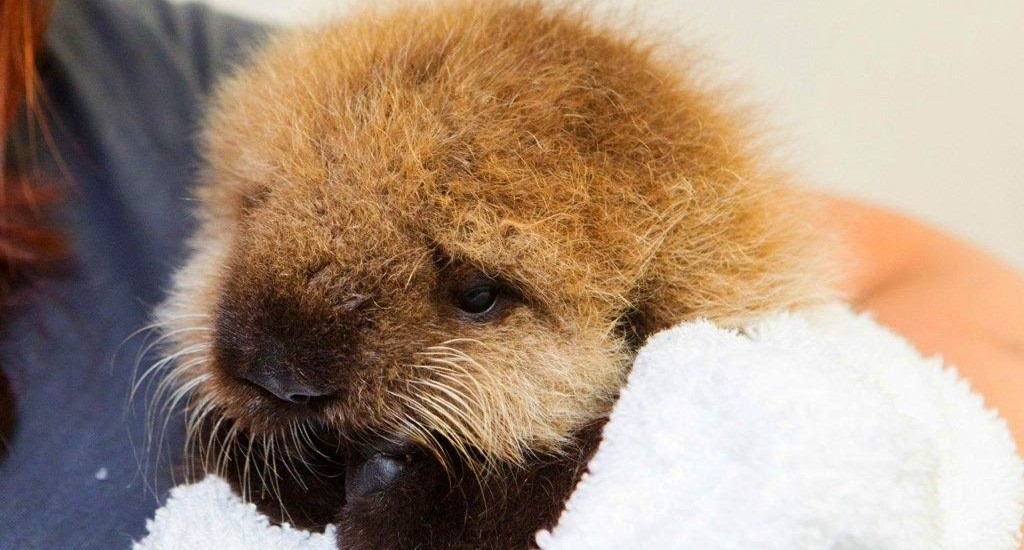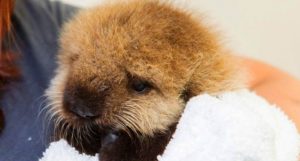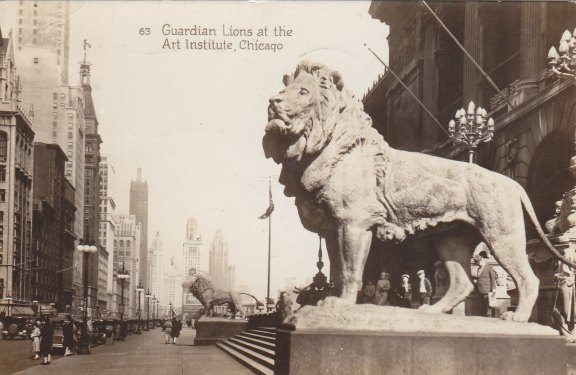
Chicago’s Animal Kingdom
Welcome to Tuesday Trivia! Each week, we tackle this big, bizarre, wonderful city through a different lens, asking you to answer the tough questions. This week, we’re looking at our fair metropolitan through its non-human residents—everyone from orphaned otters to police dogs included.
1. As of summer 2014, which animal did not call O’Hare International Airport home?
a. Bees
b. Llamas
c. Goats
d. Alpacas
Answer: Trick Question! They all live at O’Hare. The quadrupeds get rid of unwanted vegetation that in turn keeps away birds that might pose a safety threat to planes. The bees live in an apiary belonging to Sweet Beginnings, a business based in North Lawndale that provides full-time, green employment to formerly incarcerated individuals while producing local, artisanal honey and honey-based products. (Bonus fact: Sweet Beginnings also gave some lucky Chicago Ideas attendees an inside look into their hives at their 2014 Lab!)
2. How many different species of animals live at Brookfield Zoo?
a. 350
b. 450
c. 550
d. 650
Answer: B. There are around 450 different species that call Brookfield Zoo home, ranging from southern hairy-nosed wombats to clouded leopards.
3. In 1938, the International Kennel Club of Chicago held its first show. The winner was an Old English Sheepdog. What was its name?
a. Ideal Weather
b. Mighty Sweet Regardless
c. Shamrock Acres Light Brigade
d. Cummings Gold-Rush Charlie
Answer: A. The 1938 winner was named Ideal Weather. We didn’t make up the other names though (we aspire to that level of creativity!). Mighty Sweet Regardless took home the title in 1946, Shamrock Acres Light Brigade in 1968 and Cummings Gold-Rush Charlie in 1975.
4. Which was not a category in the 2014 Chicago Botanic Garden Spooky Pooch Parade Contest?
a. Best Dog/Owner Lookalike
b. Best Horticultural Interpretation
c.Ms./Mr. Congeniality
d. Best Senior
Answer: C. The Botanic Garden gave no points for personality. Best dog/owner lookalike went to a family of humans and dogs who all dressed as tigers. Best horticultural interpretation went to Mookie the “Corndog”, a Yorkie-Pom mix who was dyed and trimmed to resemble an ear of corn (no dogs were harmed!). Best senior went to a nine-year-old pug-terrier mix dressed as a “Kissing Booth Dracula.” We’ll just let you imagine that.
5. Hyde Park is home to some surprising avian residents. What kind of bird has famously inhabited Hyde Park for more than 40 years?
a. Monk parakeet
b. Quaker parrot
c. Toucan
d. Spix’s macaw
Answer: Trick Question! The correct answer is both A and B. Monk parakeets and Quaker parrots are the same species. These colorful and beloved birds have been surviving Chicago winters and charming South Siders for decades.
6. Beloved Chicago transplant and sea otter orphan Luna (the otter formerly known as Pup 681) is a playful critter. What toy can she be seen playing with on the Shedd Aquarium’s charming videos?
a. A toy otter
b. A slinky
c. A little basketball
d. A floating block
Answer: C. Already a Bulls fan, Luna has been known to float around hugging a little basketball on her belly. Dangerously adorable.
7. What is the name of the popular Lincoln Park dog park located on N. Sheffield Ave.?
a. Chicago Labs School
b. Cubs and Pups
c. Chicago Style Dogs
d. Wiggly Field
Answer: D. Wiggly Field has its own Yelp and Wikipedia pages. The Wikipedia page reminds readers that the park is not, in fact, a field, just a very adorable pun.
8. At which cultural institution can you stand in a room full of more than 75 species of butterflies and exotic birds?
a. The Morton Arboretum
b. The Chicago Botanic Garden
c. The Lincoln Park Zoo
d. The Peggy Notebaert Nature Museum
Answer: D. You can visit the Judy Istock Butterfly Haven at the Nature Museum and find yourself surrounded by more than 1,000 butterflies and other assorted flora and fauna.
9. Which of these names is not a name for the kind of rat found in Chicago?
a. Norway Rat
b. Wharf Rat
c. Alley Rat
d. Sewer Rat
Answer: C. While Chicago rats have seen neither Norway nor a wharf, they are properly called Norway rats, Rattus norvegicus, and colloquially named sewer rats or wharf rats.
10. Where do dogs in the Chicago Police Department’s Canine Unit stay when they are not on duty?
a. With the police horses at a compound on the South Side
b. With their handlers at their hoes
c. At their police stations, overseen by various law enforcement officials
d. Wiggly Field
Answer: B. Dogs in the Canine Unit stay at the homes of their handlers. When dogs retire, they often go to live with their handlers full-time.
Stay tuned for our next Tuesday Trivia about Chicago’s potent potables!





